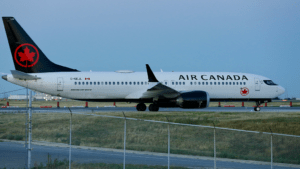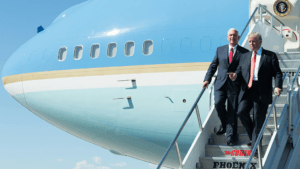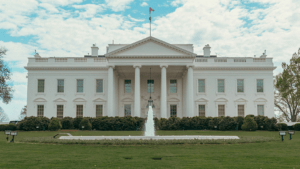
Canada Appeals for International Firefighting Aid
June 09, 2025: Canada has issued an international appeal for firefighting support as wildfires intensify across multiple provinces

September 24, 2021: -There is a “risk” to Taiwan’s application to join the Comprehensive and Progressive Agreement for Trans-Pacific Partnership (CPTPP) if China joined first. On Thursday, Taiwan’s government said, flagging a potential political roadblock. On Wednesday, Taiwan applied to join, less than a week after China, the world’s second-largest economy of the world.
Taiwan excludes many international bodies because of China’s insistence that it is part of “one-China” rather than an independent country.
Taiwan’s chief trade negotiator John Deng told reporters that China tries to obstruct the participation of Taiwan internationally.
“So if China joins first, Taiwan’s membership case should be quite risky. This is quite obvious,” he said.
But Taiwan has a different “system” from China, Deng added, pointing to Taiwan’s democracy, the rule of law, transparent laws, and respect for personal property.
Although he said there was no direct connection between Taiwan’s decision to apply and China’s, the comment on Taiwan’s application is yet to come.
“How mainland China commented on this is a matter for them,” Deng said.
He added that Taiwan, a significant semiconductor producer, has applied to join under the name it uses in the World Trade Organization (WTO) the Separate Customs Territory of Taiwan, Penghu, Kinmen, and Matsu. Taiwan is a member of the WTO and Asia-Pacific Economic Cooperation (APEC) grouping.
“I stress that Taiwan is a sovereign, independent nation. It has its name. But for trade deals, the name used for years is the least controversial,” Deng said.
The CPTPP application was made to New Zealand’s government, which handles the paperwork.
Deng said he could not predict when Taiwan may be allowed to join the CPTPP, which noted that Britain’s application was proceeding the fastest at present.
Britain started negotiations in June.
The original 12-member agreement, the Trans-Pacific Partnership (TPP), was an essential economic counterweight to China’s growing influence.
But the TPP was thrown into limbo in 2017 when then-U.S. President Donald Trump withdrew.
The grouping, renamed the CPTPP, links Canada, Australia, Brunei, Chile, Japan, Malaysia, Mexico, New Zealand, Peru, Singapore, and Vietnam.
We provide the insights on leaders who are responsible for taking their organization to new heights, all the while bringing together a group of talented individuals.

June 09, 2025: Canada has issued an international appeal for firefighting support as wildfires intensify across multiple provinces

May 27, 2025: Air Canada Cuts Five U.S. Routes for Winter 2025–26, Part of Broader Cross-Border Retrenchment

May 26, 2025: Trump Freezes $2.2B in Federal Grants to Harvard Over DEI, Threatens Tax-Exempt Status.

May 14, 2025: Microsoft has announced plans to reduce its global workforce by approximately 3%, affecting roughly 10,000 employees across multiple departments.

May 13, 2025: The Trump administration is considering suspending the constitutional right of habeas corpus in a bid to accelerate mass deportations.

April 29, 2025: Donald Trump’s second term has reached the 100-day mark under sustained public skepticism, with national approval ratings